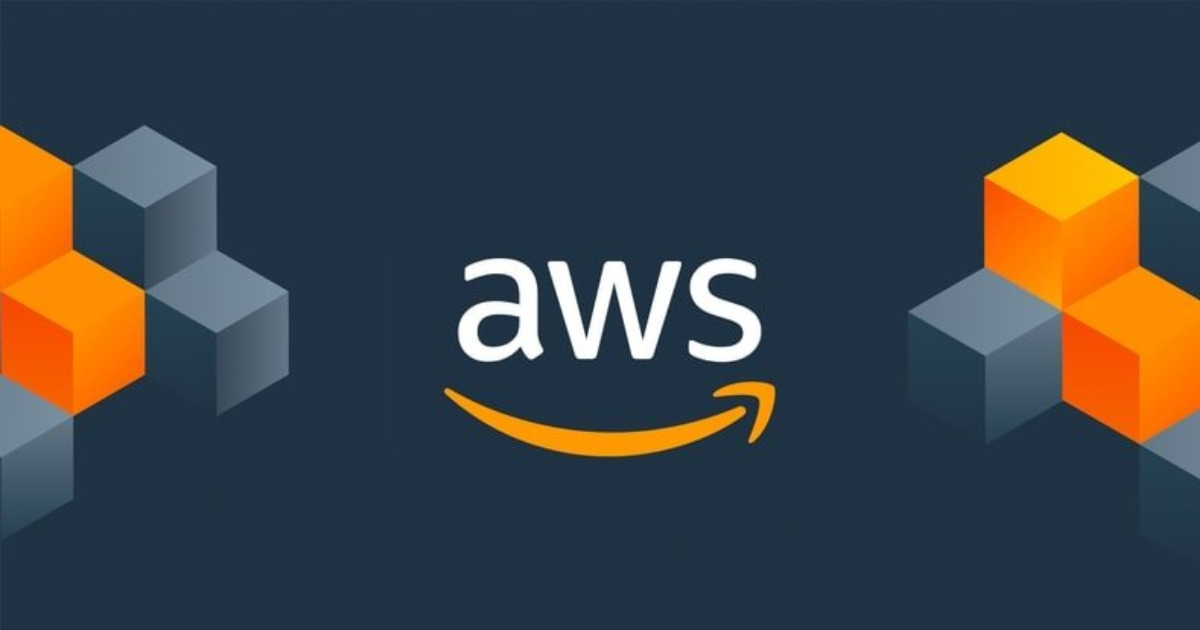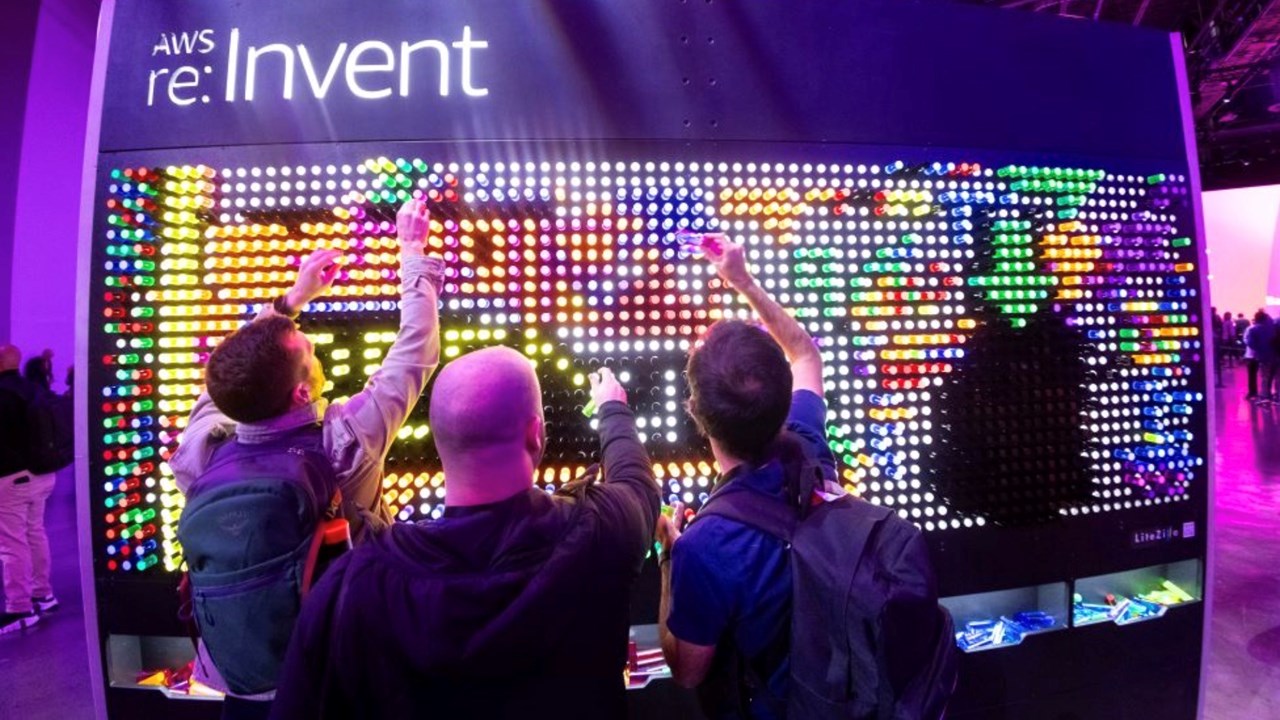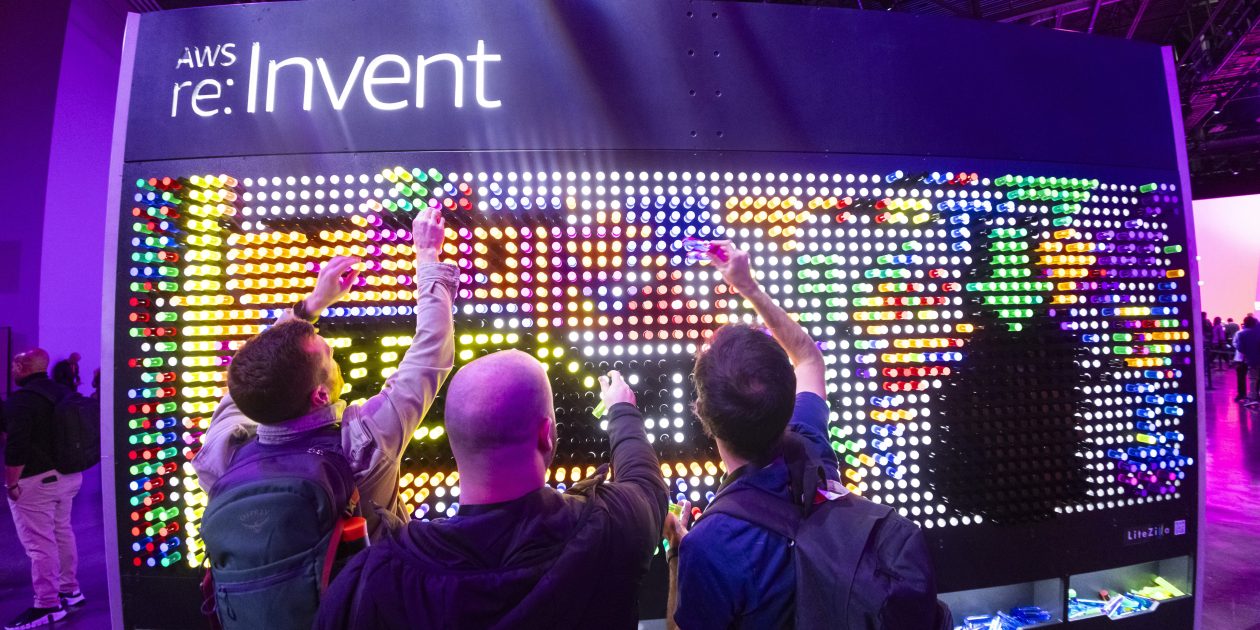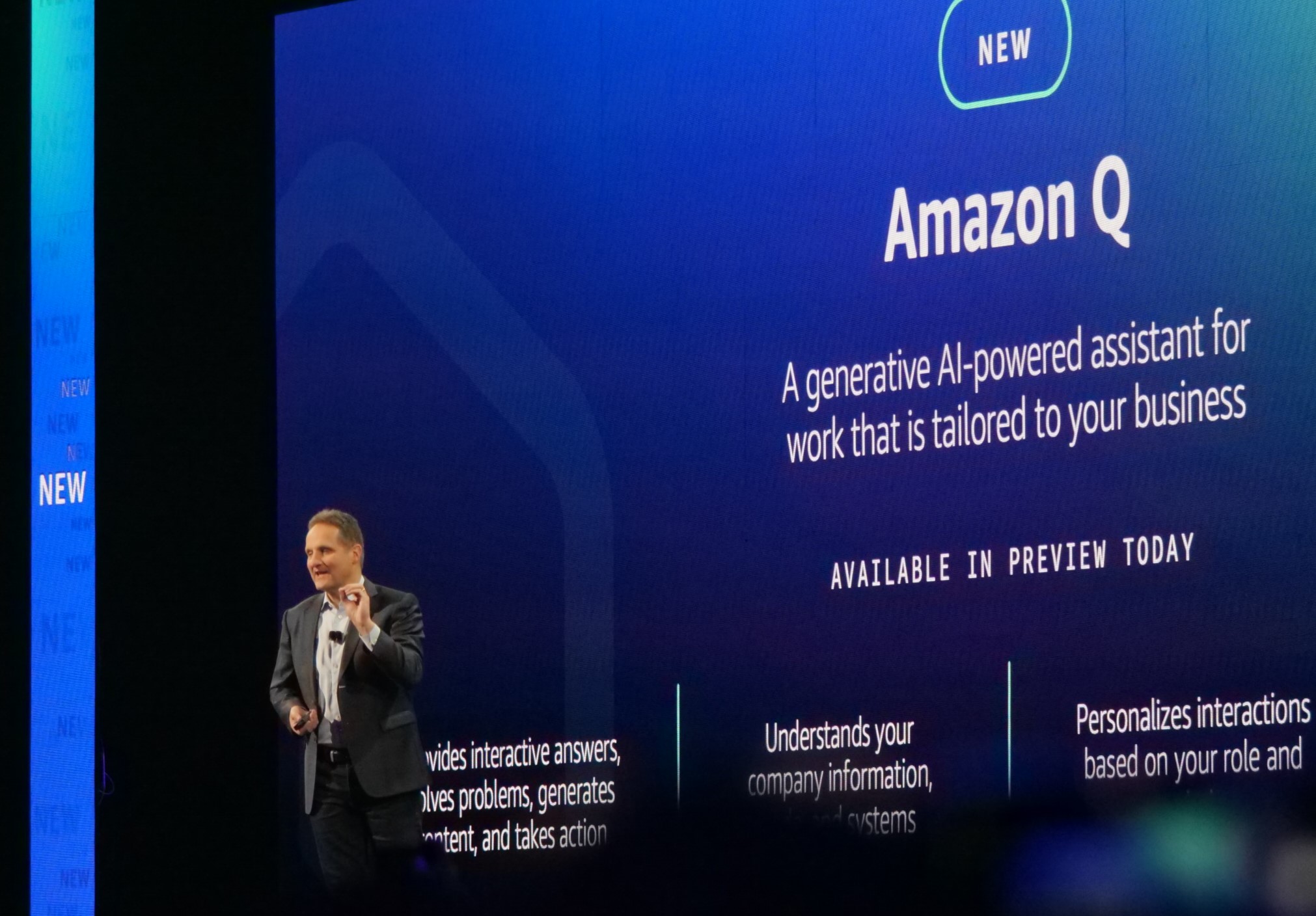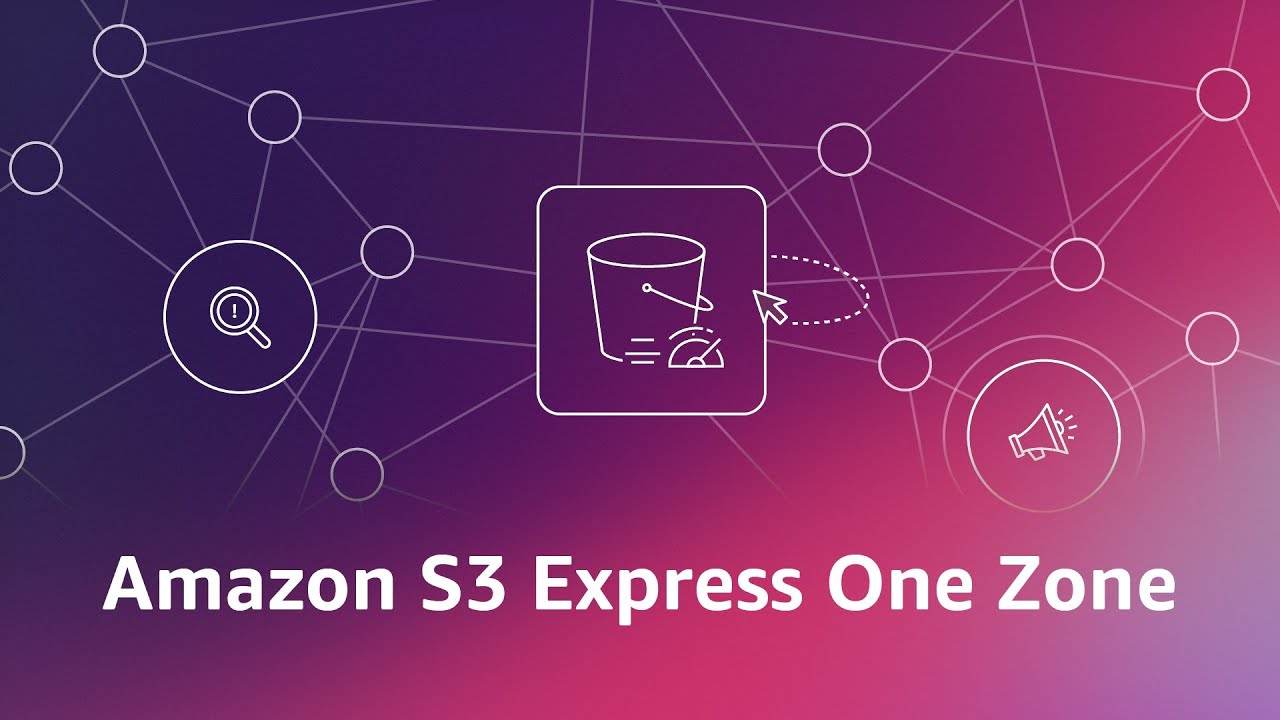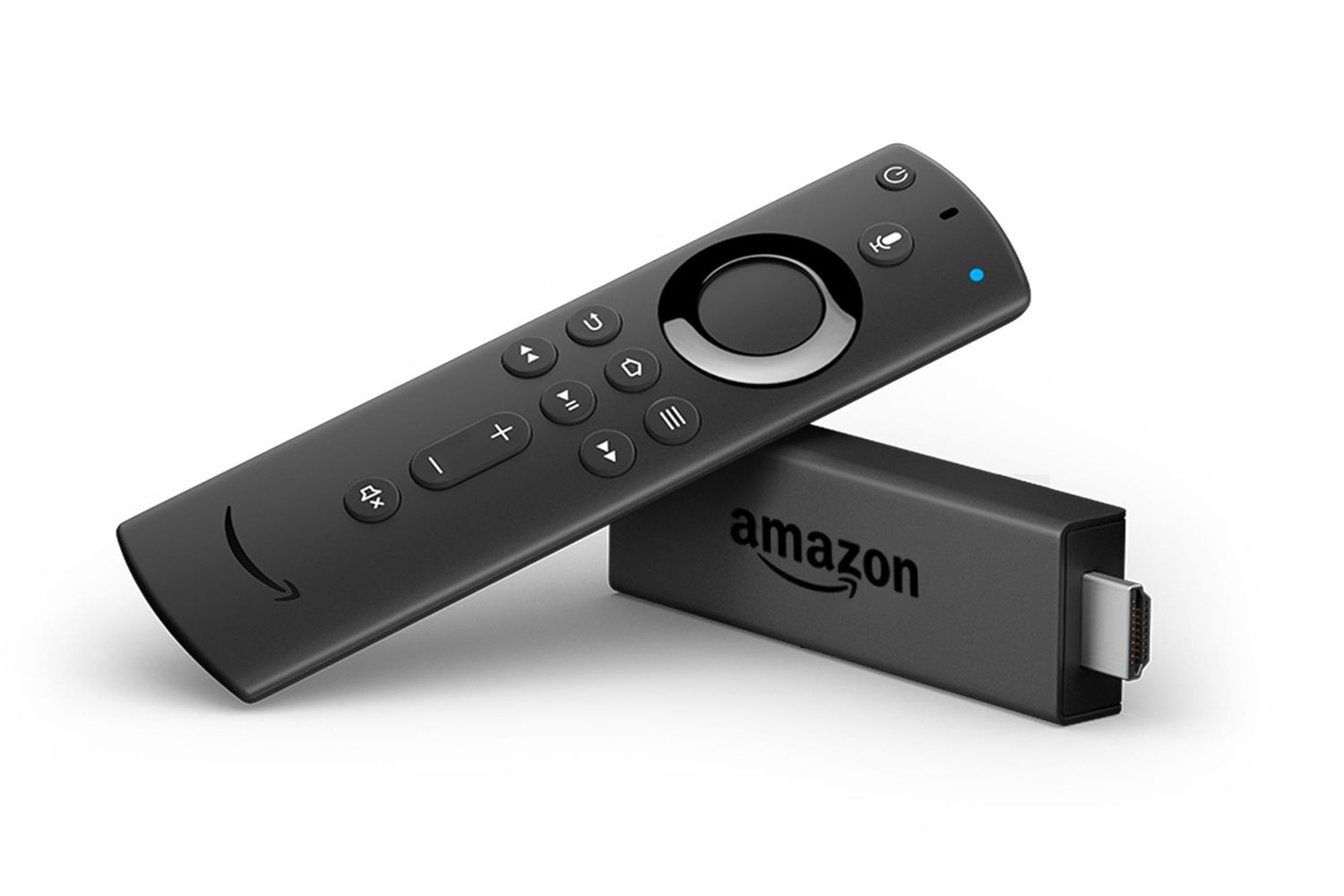Amazon Web Services (AWS) has kicked off its highly-anticipated AWS re:Invent event in Las Vegas, where it has made several groundbreaking announcements. From AI-powered chatbots to new chips and serverless offerings, AWS is bringing cutting-edge technology to its customers. Here are the highlights of the event so far:
Key Takeaway
Amazon Web Services has made a series of groundbreaking announcements at AWS re:Invent. From the introduction of AI-powered chatbots to innovative chips, serverless offerings, and biometric identification services, AWS continues to push the boundaries of technology. These advancements empower businesses to leverage cutting-edge solutions and drive innovation in their operations.
Amazon Q: The AI-powered Chatbot
One of the most exciting announcements is the introduction of Amazon Q, an AI-powered chatbot designed specifically for AWS customers. Powered by artificial intelligence, Amazon Q is capable of not only answering questions but also generating content and taking actions based on the understanding of customers’ systems and data repositories. Trained on 17 years’ worth of AWS knowledge, Amazon Q can provide insightful suggestions for app workloads and recommend suitable AWS solutions and products.
Guardrails for Amazon Bedrock
AWS has also unveiled Guardrails for Amazon Bedrock, a tool that allows companies to define and limit the language used by their models. This tool enables businesses to specify topics that are out of bounds for the model, ensuring that it does not provide irrelevant answers to questions. With Guardrails for Amazon Bedrock, companies can enhance the accuracy and relevance of their AI models.
New Chips for Model Training and Inferencing
Amazon has introduced the latest generation of its chips for model training and inferencing. The first chip, AWS Trainium2, promises up to 4x better performance and 2x better energy efficiency compared to its predecessor. The second chip, called Graviton4, is specifically designed for inferencing. As the fourth generation in Amazon’s Graviton chip family, the Graviton4 offers enhanced capabilities for running trained models, providing users with optimized performance and energy efficiency.
AWS S3 Express One Zone
With AWS S3 Express One Zone, Amazon has introduced a new tier for its S3 object storage service. This high-performance and low-latency tier is designed to significantly improve the performance of data-intensive applications, including AI/ML training, financial modeling, and high-performance computing. AWS S3 Express One Zone enables businesses to efficiently store and retrieve their data while benefiting from improved speed and responsiveness.
Seamless Serverless Management
Amazon has announced three new serverless offerings that simplify the management of Aurora, Elastic Cache, and Redshift serverless services. By adopting these options, businesses can offload the hassle of managing hardware to Amazon, allowing them to focus on their core operations. With serverless solutions, companies can effortlessly scale resources as needed without the burden of back-end management, making it easier than ever to harness the power of AWS services.
Amazon One Enterprise: Palm-Scanning Identity Service
Breaking new ground in biometric identification, AWS has unveiled Amazon One Enterprise, a palm-scanning identity service that facilitates secure access to physical premises. This innovative technology builds upon Amazon’s existing Amazon One offering, which enables biometric payments in its cashierless stores. By associating their payment card with their unique palm-print, visitors can seamlessly enter Amazon Go stores and complete transactions by simply scanning their hand. Amazon One Enterprise offers a secure and frictionless way to authenticate individuals in various settings.
Virtual Desktop Environment
AWS has launched new devices priced at $195 that grant enterprise users access to virtual desktop environments, such as Amazon WorkSpaces, via the internet. These devices, housed in Fire TV Cube hardware, leverage Amazon’s expertise in streaming media players. The decision to develop new hardware stems from customers’ feedback on the desire to reduce IT spending by substituting desktops and laptops with more cost-effective alternatives. With this solution, businesses can provide their employees with convenient and efficient virtual workspaces.







